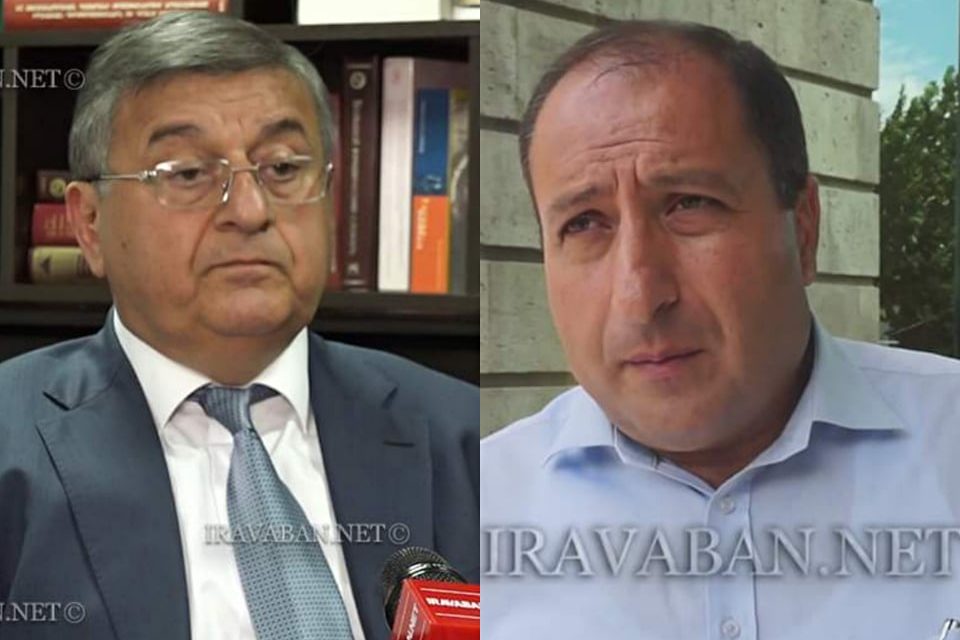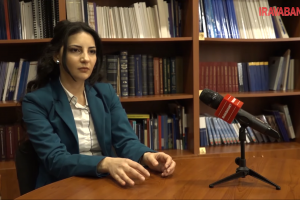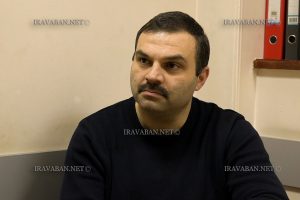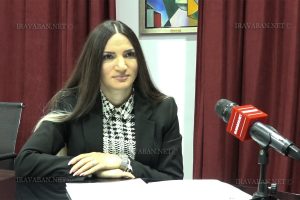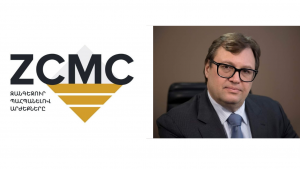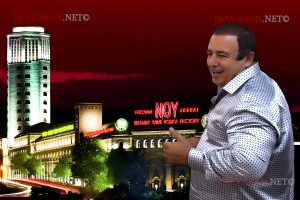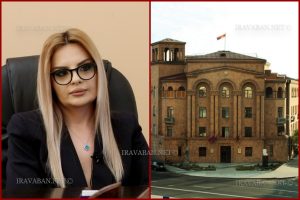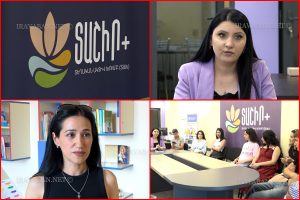Have you heard that any of the speakers talking about vetting can give the definition of vetting or at least say what they think vetting means, what do they mean by vetting? Advocate Hayk Alumyan said in a conversation with Iravaban.net, referring to the speech of the Chairman of the Supreme Judicial Council Gagik Jhangiryan a few days ago, where the latter expressed an opinion on the vetting of lawyers, saying, “I can say that the process of cleaning and purification should also refer to the advocates’ service, because, unfortunately, it is accepted in our country, for the most part, I do not want to offend anyone, but there are advocates who communicate with law enforcement agencies and courts in various cases very easily get recognition. In other words, this vetting must include the entire judicial system and all the bodies that serve and support it.”
He mentioned that so far he has not met any speaker who will talk about vetting and will be able to give the definition of vetting. Alumyan says that if until now it has not been possible to say what the speakers on behalf of the state meant by vetting, then how can such a word be interpreted?
“With 20-30 people sitting, they discuss the need for vetting, who should be vetted, who should not be vetted in any case, but none of those 30 people knows what the other speaker means by saying vetting. Isn’t this curiosity, how can such conversations be interpreted? In other words, first of all, it is necessary to understand what vetting is,” the advocate said.
Despite his opinion, Hayk Alumyan made a general remark, saying that everyone who talks about advocates or advocacy should imagine that he is talking about his future advocate.
“When they say, ‘Do this with advocates, do that with advocates, deprive advocates of this, give this to advocates,’ they must understand that they are talking about their future advocate, because very soon each of them will need an advocate,” he said.
Referring to the fact that Gagik Jhangiryan based his opinion on the fact that today many advocates are gaining recognition, as they are very easy to communicate with law enforcement agencies and courts in various cases, Alumyan said. “Nobody will know better than him about that communication, ask him that.”
Speaking about the claims of a number of specialists in the context of the reforms of the Advocacy Institute that this reform can be carried out by dividing one chamber into unions, the advocate said:
“We have passed a long way in the reform of the Advocacy Institute. In the beginning, until the end of 1997 and the beginning of 1998, there was only one advocacy body called the Bar Association. Based on many different reasons, based on rather in-depth analyzes, the authorities came to the opinion that it is necessary that the professional structures of advocacy should not be limited to one.”
He mentioned that that process started in 1998, and at that time 50 or more advocates could create a new union, as a result of which three advocacy unions were formed in Armenia. According to Alumyan, the regulation of that law worked for a long time and had many positive sides, but in the end it showed that the model of one bar association is preferable.
“They again returned to one bar association, the Chamber of Advocates. Now there are rumors again that the version when there was not one professional structure, but several was better. Every time those who talk about it do not look at the old experience, to understand why it was decided to give it up when it existed. If they had analyzed it all and then said that given all this experience, it would still be better when there were several structures, it could be discussed, but they may be they may not even know that such a thing had existed,” he said.
The advocate mentioned that the supporters of that idea say the same thoughts and slogans as the other people said in 1998, who decided to move from several structures to one structure.
“We heard the same things from Davit Harutyunyan in 1997, he was an advocate who said that we do not need one advocacy structure; we need several advocacy structures so that there is competition and so on. Now that model worked for quite a long time, then they saw that it did not justify itself, they moved to one structure. These people, who are now putting forward this idea, are saying the same things that Davit Harutyunyan was saying in 1997. Of course, any idea always has its supporters, but at least now you can look at it, can’t we? When that idea was voiced then, when that model was adopted, why didn’t it justify itself?” Hayk Alumyan said and added that he once advocated the idea of several unions, then when he saw the advantages and disadvantages of each of the two models, he came to the conclusion that the model of one union has a few more advantages than that model, or perhaps a few less disadvantages than the model of several unions.
“But it does not mean that this is perfect. Both models have advantages and disadvantages,” the advocate concluded.
Lusine Hakobyan

